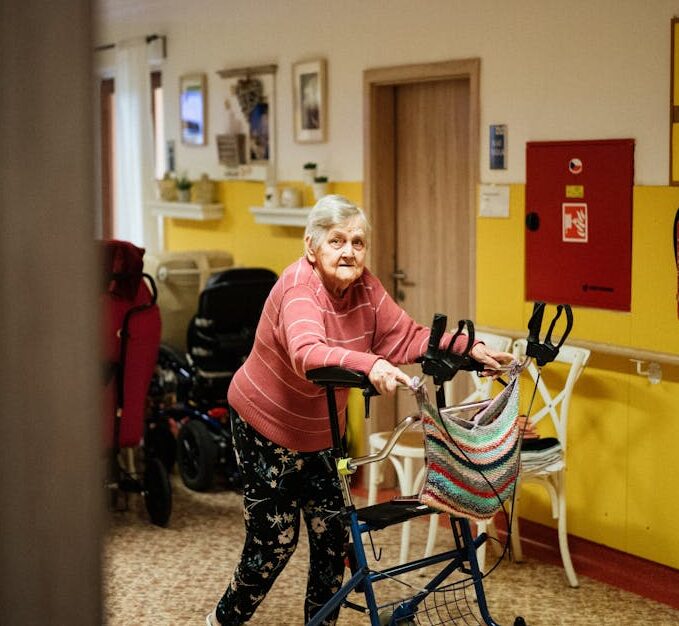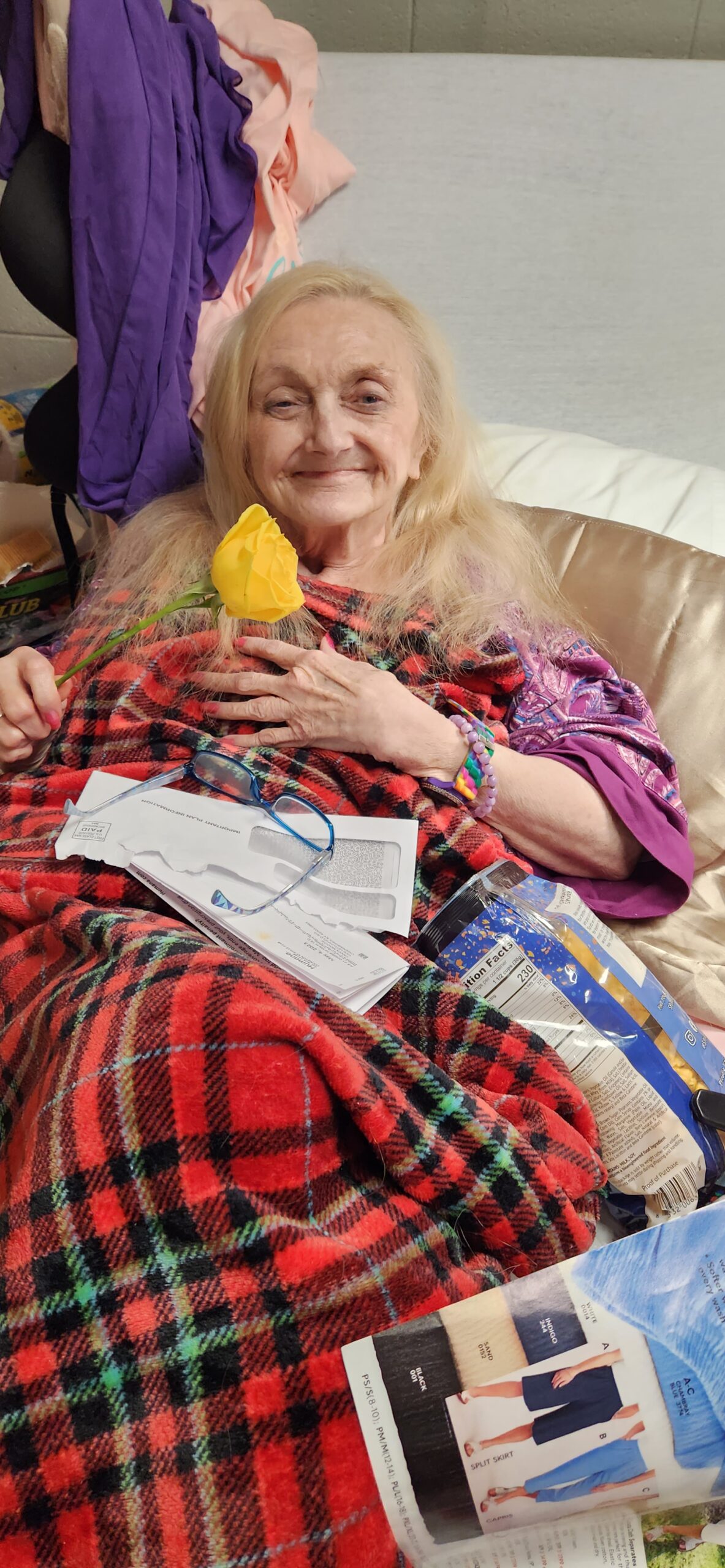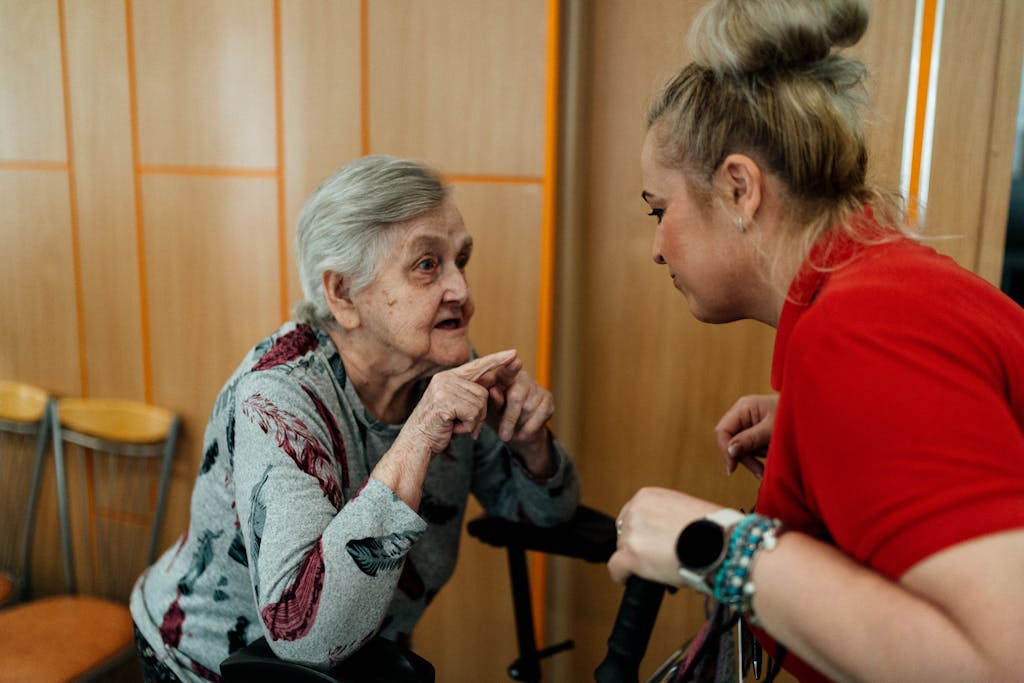Changing the Culture of Long-Term Care

What do you mean by “culture change?”
“Culture change” is the common name given to the national movement for the transformation of older adult services, based on person-directed values and practices where the voices of elders and those working with them are considered and respected. Core person-directed values are choice, dignity, respect, self-determination and purposeful living.
In many nursing homes, the care is facility-centered, not person-centered. For example, in facility-centered care, the staff tells the residents what time they have to get up, get dressed, bathe, and have their meals. This is usually based on institutional type routines and schedules with regards to staffing and shifts. In person-centered care, the residents choose when they would like to get up in the morning, when they’d like to bathe and get dressed and have their meals. They also choose their foods based on their own preferences and not on what limited choices the nursing home tells them they have.
In facility-centered care, the building looks institutional- not like a home. It often feels cold, sterile, uninviting, and depressing. All the furniture is the same and residents cannot have their own decorations and personal furnishings. Person-centered care offers buildings that are much smaller than the typical nursing home and are built more like groups of small family dwellings rather than a hospital building. Residents are able to plan and participate in activities they find interesting and are able to use their skills and abilities in projects, chores, and hobbies that give them purpose and identity.
Facility-centered care is mostly medical in nature. The focus is on diagnosis, treatment, and management of disease. Individuals receiving this type of care are usually passively involved and not part of the decision making process about their care plans. Person-centered care encourages and empowers patients to be active partners in directing their own care.

The language of person-centered care
The first and most important term to eliminate from your vocabulary is the “f” word– that’s right, stop using the word “facility!” Nursing homes are not “facilities,” they are “care communities” or “care homes.” And the folks residing there are not “patients,” they are “residents.” When they first come to the nursing home, they are not “admitted,” they are “moving in.” Thus they are “moving out” when they leave, and not “discharged.”

Start by changing the way we speak about nursing homes and long-term care.
For further reading…
Books you might want to check out.
Second Wind: Navigating the Passage to a Slower, Deeper, More Connected Life, by Dr. Bill Thomas
Being Mortal: Medicine and What Matters in the End, by Atul Gawande
The Housemates: Everything One Young Student Learnt About Love, Care, and Dementia from Living in a Nursing Home, by Teun Toebes
“Right now in America there are about 1.7 million people living in a nursing home. And any adult American who reaches the age of 65 has a 50% chance of spending time, significant time, in a nursing home. That’s a vast proportion of our society. Let me give you an example. The only other segment of our society that is more likely to be institutionalized are convicted criminals. We have about 2 million people living in prisons. So here we have a society that uses an institutional pattern for convicted and violent felons and our frail mothers and fathers. And that is a losing proposition in the 21st century.”
Dr. Bill Thomas, “Thou Shalt Honor,” from PBS.org


